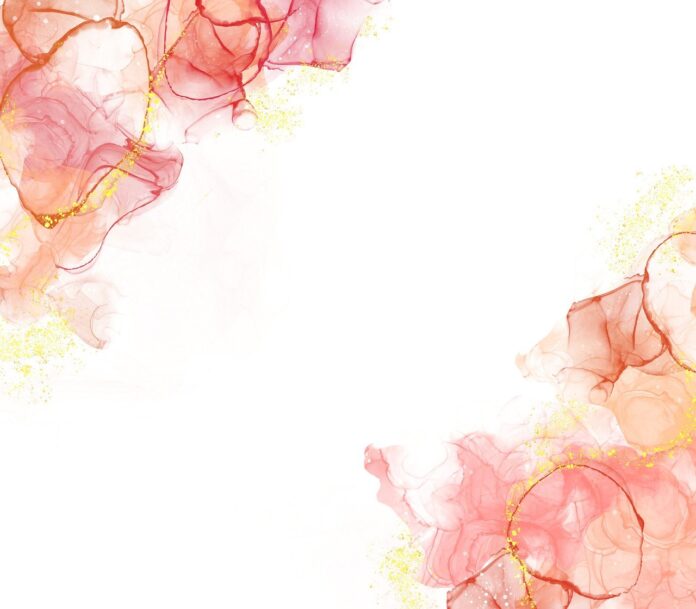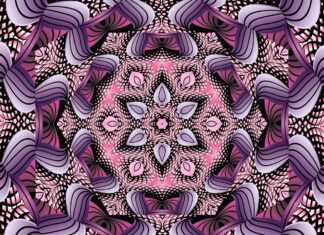Business formal attire, a fundamental aspect of professional image and conduct, holds a prominent position in the corporate world. It encapsulates the clothing and dress code norms that dictate how individuals should present themselves in the professional sphere. From the well-tailored suits to the polished shoes, business formal attire plays a significant role in establishing a strong first impression and fostering a culture of professionalism and respect. Understanding the nuances and expectations of business formal attire is essential for navigating the complex world of corporate fashion.
Defining Business Formal Attire
Business formal attire, often referred to as professional attire, is a standardized dress code that is considered suitable for formal and conservative professional environments. It is the highest level of dress code in the business world, reserved for occasions and settings where the utmost professionalism and respect are expected. Business formal attire is not a one-size-fits-all concept and can vary based on factors such as the specific industry, company culture, and regional customs.
At its core, business formal attire for men typically includes a well-fitted, two-piece suit in conservative colors, such as black, navy, or gray. The suit consists of a jacket and trousers made from high-quality materials, and it is usually paired with a dress shirt, tie, and formal dress shoes. Ties are often solid-colored or feature subtle patterns, and they should be tied in a neat and professional manner.
Women’s business formal attire encompasses a range of options, providing more flexibility while maintaining professionalism. Women can opt for a tailored skirt suit, pantsuit, or a well-coordinated combination of separates. Skirts or dresses should be knee-length or longer, and blouses or tops should be conservative, with no plunging necklines. Women can choose to wear closed-toe heels, flats, or other professional shoes. Accessories should be understated, and makeup and jewelry should be minimal and tasteful.
Both men and women should pay careful attention to grooming and personal hygiene when adhering to a business formal dress code. This includes ensuring that clothing is clean, well-maintained, and wrinkle-free. Hair should be neat and well-groomed, and nails should be clean and trimmed. Perfume and cologne should be applied sparingly, as strong scents can be distracting in a professional setting.
The Significance of Business Formal Attire
The importance of business formal attire cannot be overstated in the professional world. It serves as a visual representation of an individual’s commitment to professionalism and respect for the environment in which they operate. Business formal attire is a powerful tool for creating a strong and lasting first impression, which can have a profound impact on career success and the perception of one’s competence and reliability.
In many corporate cultures, business formal attire is the expected standard for meetings with clients, executives, or when attending formal events. It sends a clear message that the individual understands and respects the seriousness of the occasion. When clients or business partners encounter professionals dressed in business formal attire, it reinforces their confidence in the competence and reliability of those individuals.
Moreover, business formal attire can foster a sense of self-confidence in the wearer. When individuals feel well-dressed and put-together, they often exude confidence in their professional interactions. This self-assuredness can positively affect communication, decision-making, and overall performance in the workplace.
The influence of business formal attire extends beyond individual professionals to the culture and reputation of the organization as a whole. Companies that emphasize a business formal dress code tend to be perceived as more traditional, respectful, and committed to high standards. This image can be especially important in industries where trust, credibility, and reputation play a significant role, such as finance, law, and healthcare.
Variations and Adaptations of Business Formal Attire
While the general principles of business formal attire remain consistent, there are variations and adaptations based on specific industries, company cultures, and geographic locations. Understanding these nuances is essential for individuals to navigate the complex world of corporate fashion effectively.
In industries where a conservative and traditional appearance is highly valued, such as law or finance, business formal attire is expected to be the most stringent. Men in these fields are often required to wear dark-colored, single-breasted suits with conservative ties and formal dress shoes. Women are typically expected to wear tailored skirt suits or pantsuits with minimal embellishments or accessories.
Conversely, in creative industries, such as advertising, fashion, or the arts, the definition of business formal attire may be more relaxed. Professionals in these fields often have more flexibility to incorporate style, color, and individual expression into their attire. While the core elements of professionalism are still maintained, there is room for creativity and unique fashion choices within the business formal framework.
The corporate culture of a specific organization also plays a significant role in defining business formal attire. Some companies may adopt a more relaxed interpretation of business formal, while others adhere to a strict and traditional dress code. Employees are expected to align their attire with the prevailing culture of their workplace, which may include adhering to specific clothing guidelines set by the organization.
Additionally, geographic location and regional customs can influence the interpretation of business formal attire. For example, in more conservative regions, such as certain parts of the United States, business formal attire may adhere to traditional standards. In contrast, in cosmopolitan and fashion-forward cities, such as New York or Tokyo, there may be a more diverse and fashion-forward interpretation of business formal attire.
The adaptability of business formal attire underscores the importance of understanding the expectations and norms within a specific industry, organization, and geographic location. Adhering to the prevailing standards not only demonstrates professionalism but also respect for the cultural and contextual aspects of the professional environment.
Business Formal Attire for Special Occasions and Events
In addition to day-to-day professional attire, business formal attire is often required for special occasions and events within the corporate world. These events can range from board meetings and client presentations to awards ceremonies and galas. Understanding the nuances of business formal attire for such occasions is essential for making a positive and lasting impression.
Board Meetings and Executive Presentations:
Board meetings and executive presentations are significant events in the corporate world, where key decisions are made and strategies are discussed. Business formal attire is typically the expectation for these occasions. For men, this means wearing a well-tailored, dark-colored suit with a conservative tie and formal dress shoes. Women should opt for a tailored skirt suit, pantsuit, or a professional dress with a blazer. Conservative colors are often preferred, and accessories should be minimal.
Client Meetings:
When meeting with clients, it is crucial to project professionalism and competence. Business formal attire sends a clear message that the meeting is taken seriously. Men should wear a well-fitted suit with a dress shirt and tie. Women can choose a skirt suit, pantsuit, or a well-coordinated outfit with a professional blouse. Clean and polished footwear is essential for both men and women.
Awards Ceremonies and Galas:
Awards ceremonies and galas often call for a higher level of formality within the business formal framework. Men should consider wearing a tuxedo or a formal black suit with a bowtie. Women have more flexibility in choosing formal gowns or cocktail dresses. The emphasis is on elegance and sophistication. Accessories and footwear should align with the level of formality.






















